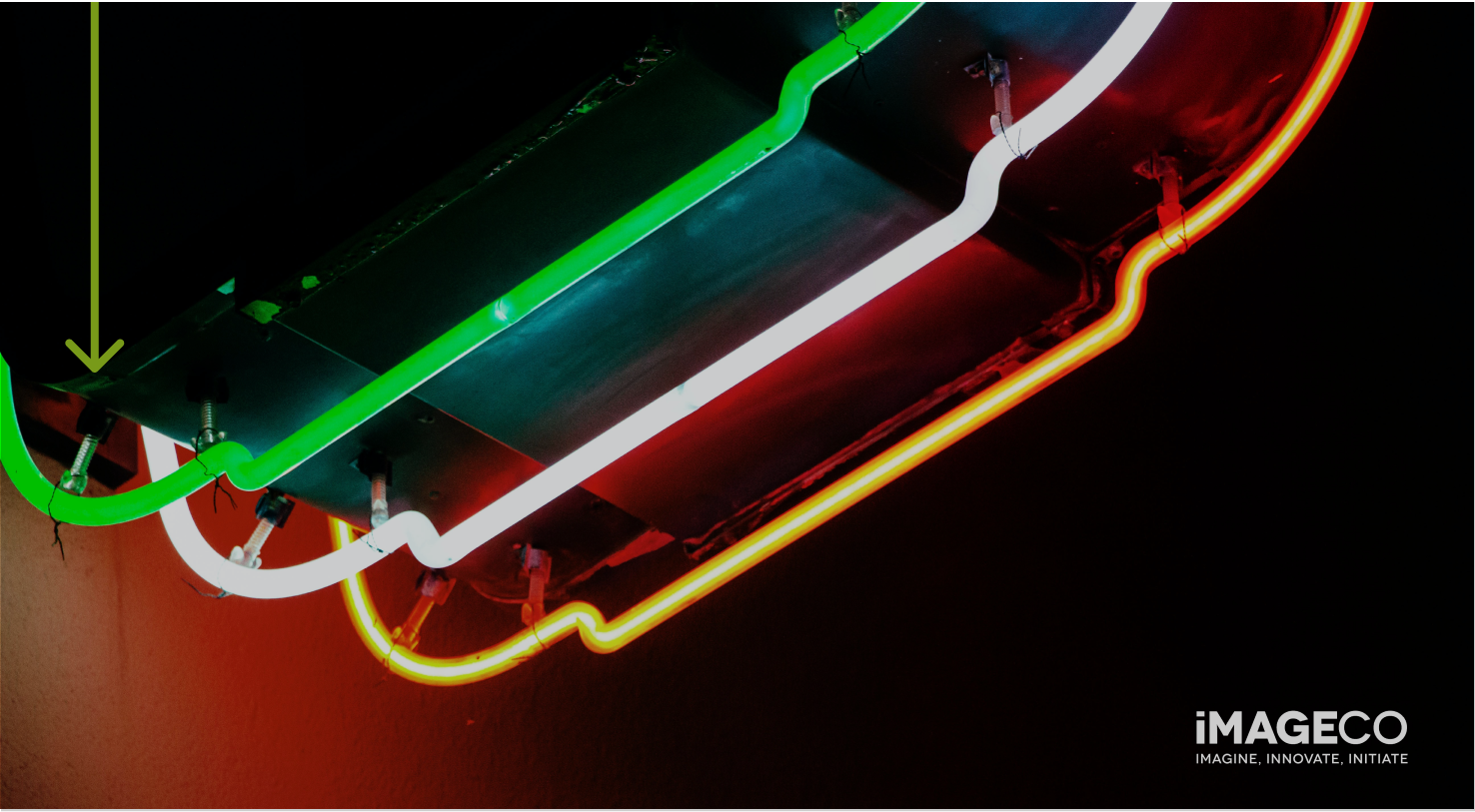
Neurodevelopmental differences in individuals such as ADHD, autism, and other learning difficulties can cause significant struggles in people’s daily lives, especially when navigating public spaces. Neurodivergent people read their surroundings in different ways than those without these conditions and can be highly sensitive to colours, sounds and stressful environments. According to scientific studies, an estimated 15-20% of the world’s population is neurodivergent. Because of this, both businesses, and the general public need to educate themselves on how we can make spaces more accessible, and for this blog, we will be focussing on how you can develop neurodiverse friendly signage.
Whether it be education settings, retail, hospitals, hospitality, or even just out in public, signage is used everywhere. Those with neurodevelopmental differences may experience difficulties in areas such as concentration, understanding certain colour patterns, and difficulties in reading. All these difficulties will likely affect people’s ability to access signage heavy spaces with confidence unless neurodiverse-friendly designs are used.
As a print company that often works on office revamps, hospitality spaces, and in-store POS, we have educated ourselves on combatting these difficulties in our projects in the hope that we can implement positive change for those with neurodiverse conditions.
Colour has both an emotional and psychological effect on the brain of everyone, but it can specifically affect those with neurodevelopmental differences. For example, cool colours will typically calm the nervous system and lower blood pressure, whereas red enhances psychological alertness, kicking our nervous system into gear and increasing adrenaline in the bloodstream.
Neurodiverse people can be more easily overwhelmed and overstimulated, meaning that loud colours can be oppressive, with colours such as yellow even encouraging feelings of fatigue. We would therefore suggest that signs not be created with overly bright or oppressive colour schemes and that businesses opt for more calming colours such as cool green and blue tones, or alternatively vetoing too much colour altogether and opting for beige, cream, and tan colours. Utilising the correct colour palette will mean that people will not feel overwhelmed when trying to read signage, making spaces much more comfortable for neurodiverse people to navigate.
As for colour combinations, we would always suggest keeping a light pastel colour in the background and maintaining dark colour text to make reading signage easier for autistic and dyslexic people.

The language and amount of content used on your signage will make a considerable difference to how easily those with neurodevelopmental problems can read and process the information you are trying to convey. Too much information can appear overwhelming and tricky to interpret so it’s best to consider keeping language direct and minimal.
Believe it or not, it’s not only the content you use on your signage that can affect the accessibility of your space. The fonts used for that content can actually also play a huge role. Complicated fonts can make the content harder to read and understand. The best fonts to use for accessible signage are sans-serif fonts such as Arial, Century Gothic, and Verdana. This is because the letters are considered much easier to read than fonts like Times New Roman.

Creating accessible spaces, whether that be in retail, education, hospitality, office or other environments can feel difficult without the correct information and accessible design expertise. But it is crucial that we as a society look to make spaces more comfortable for those with neurodiverse conditions.
At Imageco, we will always look to promote the creation of accessible spaces. If you are looking to create signage for your space that is neurodiverse friendly but aren’t sure where to start, contact a member of the team.



